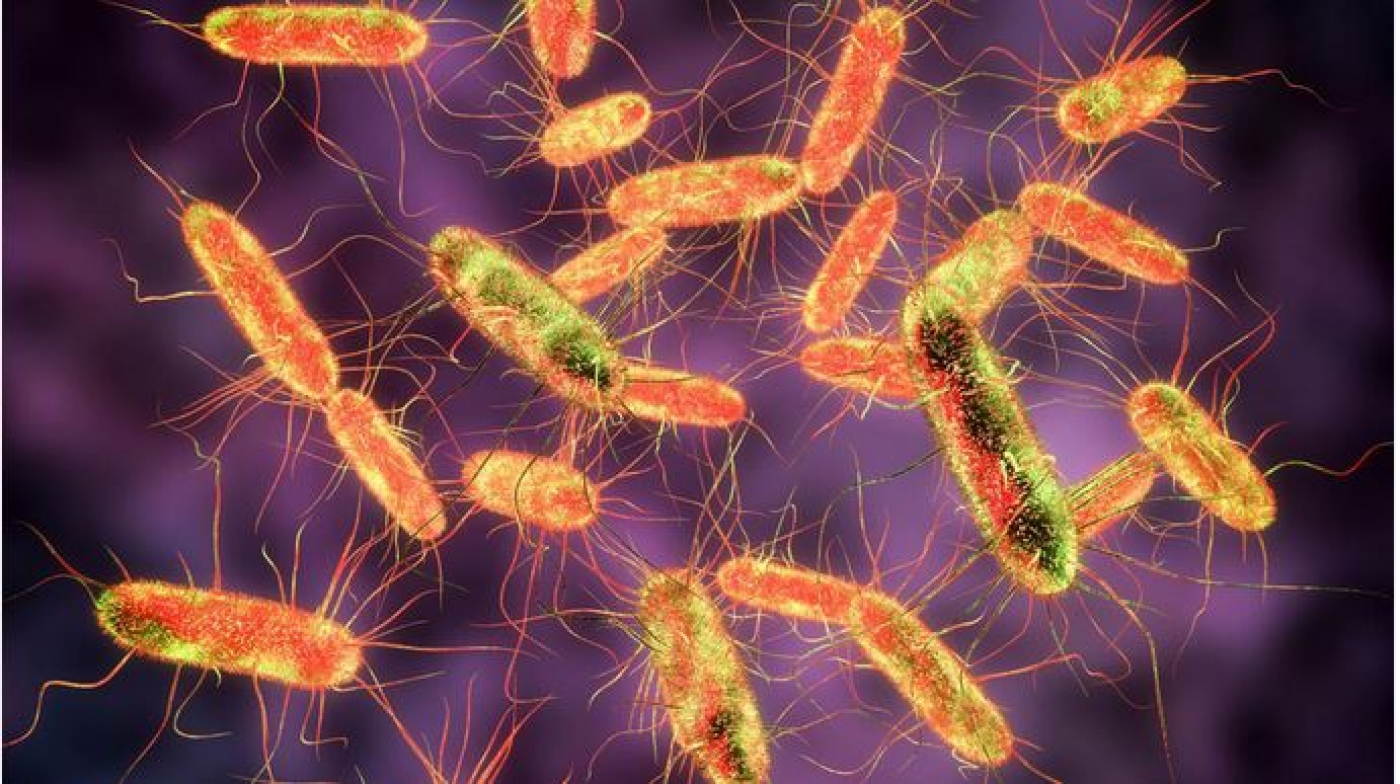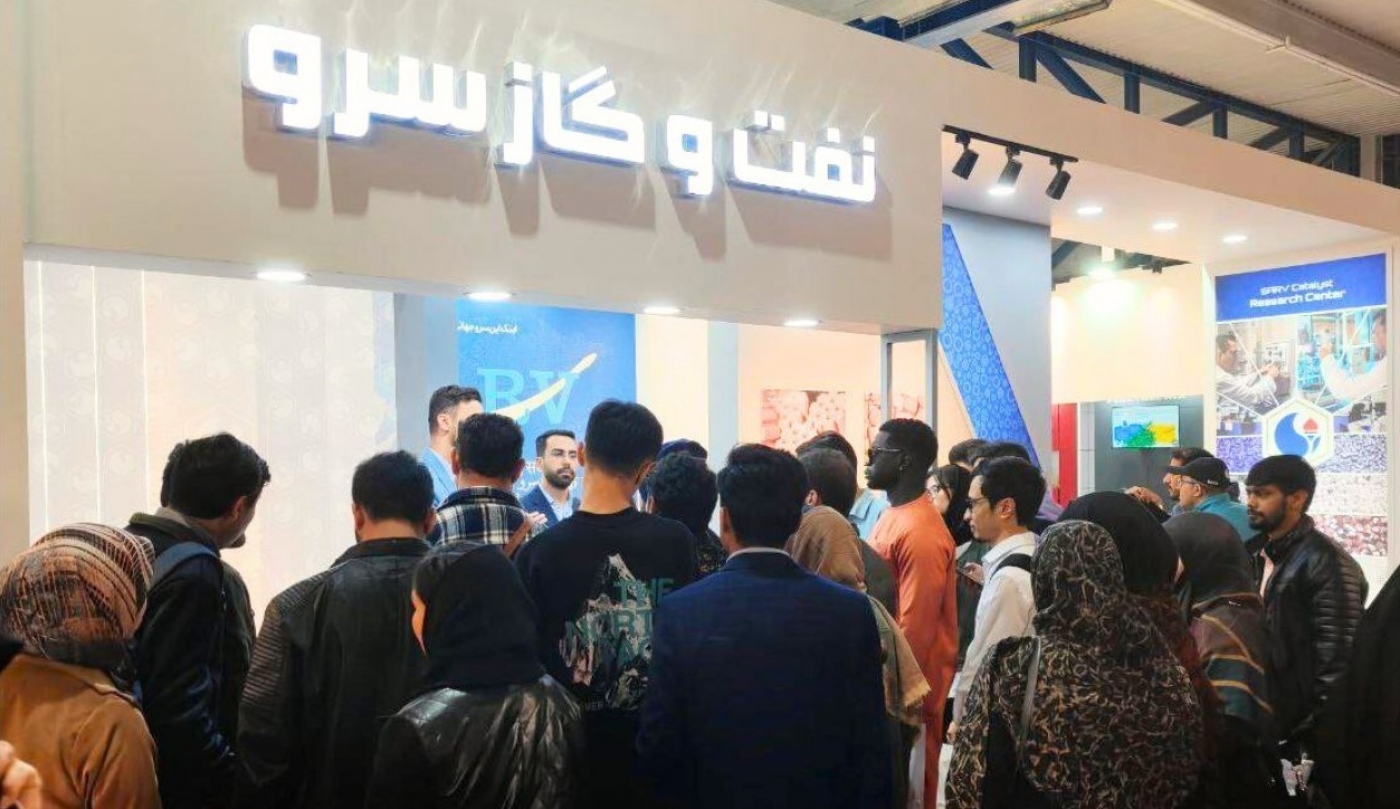The sensor is able to measure the amount of Salmonella typhi in patient blood with a detection limit of one picogram per milliliter.
Dr. Ghorchian, a professor at the Biochemistry and Biophysics Research Center of the University of Tehran, highlighted the significant achievements of this study, “in this process, carbon quantum dot (CQD) particles were used. Carbon quantum dot particles have received much attention due to their unique optical properties with high biocompatibility and good solubility in water. The research team successfully produced new carbon quantum dot particles with considerable optical and magnetic properties with an optical efficiency of 86%. They were used to design an optical biosensor to detect S. typhi in human serum with high sensitivity and accuracy.
Salmonella is usually transmitted through contaminated food or water to the feces or urine of patients. Contaminated fruits, vegetables, dairy products, as well as insects can transmit the infection.
Semiconductor particles or quantum dots are usually made of heavy metals, especially cadmium and selenium. These quantum dots have proven to be powerful inorganic fluorescence nanomaterials. However, most high-performance quantum dots are limited due to the toxicity of their constituent metal elements. Compared to semiconductor quantum dots, carbon (graphene) quantum dots exhibit properties such as low toxicity, excellent solubility and considerable chemical inertia.
"Given that most carbon materials are cheap and available, increasing production scale can significantly reduce manufacturing costs," Ghorchian said, "also, considering the results of this research, the developed biosensor can be utilized as a rapid detection kit."
For the next step, the team wants to study the electrical and electrochemical properties of these quantum particles with similar heme structure to design and make various products for a number of applications.
Results of this project was published at Biosensors & Bioelectronics journal entitled “ High-performance porphyrin-like graphene quantum dots for immuno-sensing of Salmonella typhi.”





